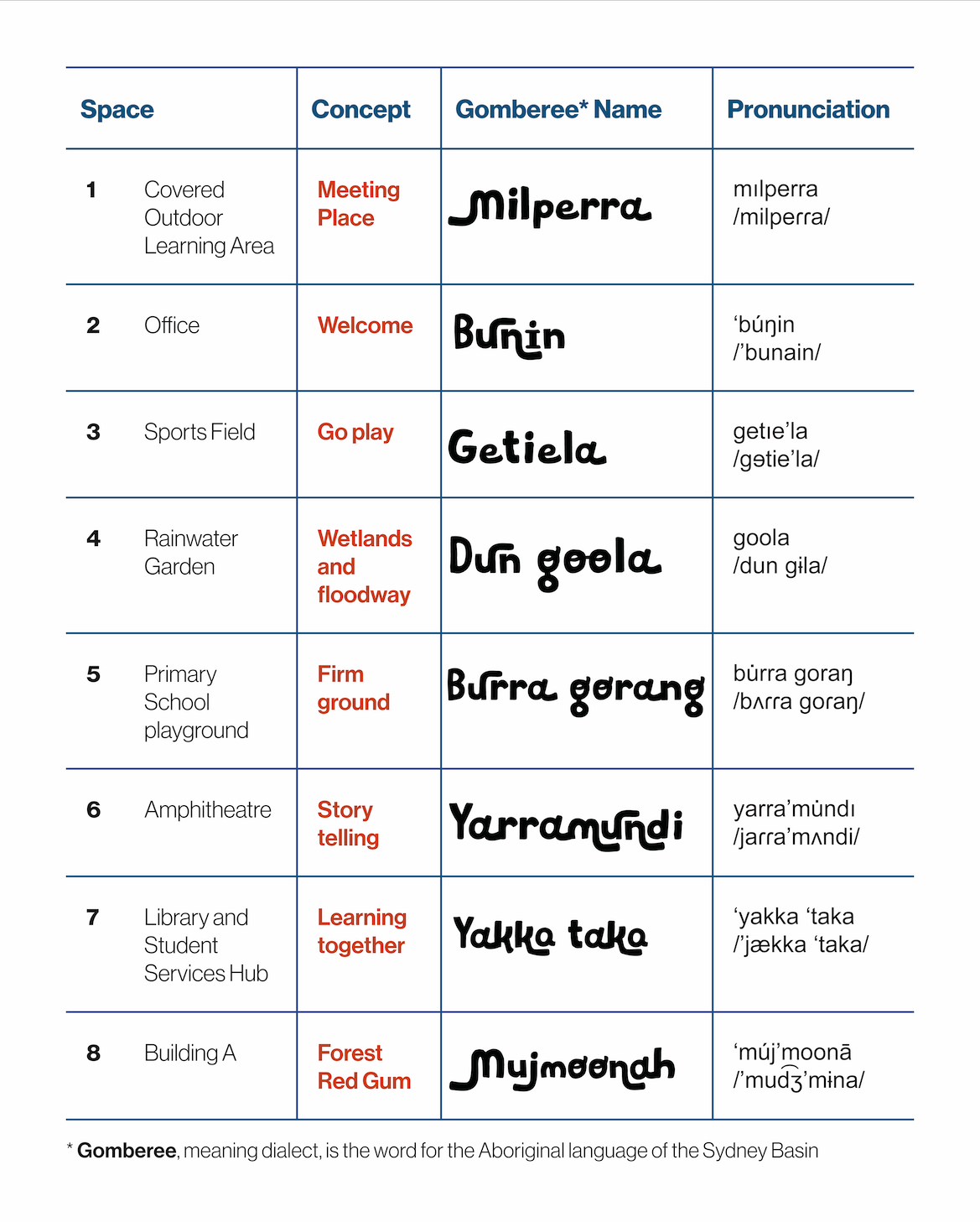
baanytaageek: Great Swamp Regenerative Collective
LOCATION
VIC
Cardinia and Koo Wee Rup
Boon Wurrung Country
Understanding and working with the deep structure of environments requires a suite of forensic processes. Map-making can garner such intelligence through the careful piecing together of diverse knowledges over time and space. This layered map of the Great Swamp catchment on Melbourne’s eastern edge reveals its dynamic past and underlying waterscape in the context of radical colonial change.
The map does not invent or project; it simply traces and records complexity, superimposing a version from one moment in time over another. This includes markings of explorers, records of subdivision and parish plans and the reconstruction of possible swamp zones, all shown in relation to topographic contours and geological features. The drawing, constructed using GIS technologies, includes archival material from a range of sources with different types of subjectivity overlaid and geo-positioned in relation to ‘official’ contemporary datasets. Further detective work includes recordings, which make ‘natural’ sounds audible by placing hand made microphones in mud on the ground, and enable deep time connection to the ‘material’ of place through the rhythmic patterns of Boonwurrung language.
AUTHORS:
Nigel Bertram
Catherine Murphy
CONTRIBUTORS
N’arwee’t Carolyn Briggs
Daniel Kotsimbos
Rutger Pasman
Ben Waters
IMAGE AUTHORSHIP
Great Swamp Catchment drawing
by Monash Urban Lab with Rutger
Pasman, 2023.
N’arweet Carolyn Brigs AM, Justin Buckley, David Chesworth, Taylor Coyne, Alexis Farr, Laura Harper, Xavier Ho, Ana Lara Heyns, Sonia Leber, Jon McCormack, Marilu Melo Zurita, Oscar Raby
LOCATION
VIC
Rippon Lea Estate, Elstenwick, City of Glen Eira, Melbourne
Boon Wurrung Country
Hidden Rippon Lea is an immersive sound and augmented reality experience delivered through an app, which explores memory, plant and animal life, infrastructure, and waters at Rippon Lea Estate in Nairm (Melbourne). The project works to challenge the colonial legacies of the site – to recognize that it is Boon Wurrung Country, connected to a wider ecological and hydrological landscape.
We used counter-pace as a tactic to invoke a disruption to linear time. Audio and visual elements are introduced relative to the visitor’s location on the site, inviting the visitor to slow down and attune to their sensory experience. Soundscapes in the app unfold in a non-linear way, influenced by the way the visitor moves through and interacts with the site. A counter-pace is evoked through the diversity of sound-based rhythms from Rippon Lea that make up the soundscapes. These rhythms may be short, like the life cycle of an insect, or long like the geological movements of the earth. This rhythm diversity invokes the cyclical times of Country, like that of the Iilk (eels) who journey from the Coral Sea to Nairm, now traveling through the city’s stormwater systems to reach the Rippon Lea Lake.
INDIGENOUS ELDER
N’Arwee’t Professor Carolyn Briggs
AM
CLIENT
National Trust of Australia – Victoria,
Justin Buckley
FUNDING
Australian Heritage Grant
AHGII000002, Rippon Lea
Endowment Fund, The Drain Man
PROJECT LEAD
Laura Harper
RESEARCH TEAM
N’Arwee’t Professor Carolyn Briggs
AM, Justin Buckley, Taylor Coyne,
Alexis Farr, Laura Harper, Ana Lara
Heyns, Maria de Lourdes Melo Zurita,
Jon McCormack
IMMERSIVE EXPERIENCE AND AR
Oscar Raby
SOUND RECORDING AND COMPOSITION
David Chesworth, Sonia Leber, Taylor
Coyne
WEB DESIGN
Xavier Ho
IMAGE CREDIT
Laura Harper, Marilu Melo Zurita